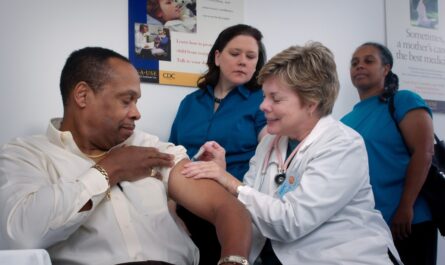Japan, known for its extensive coastline and numerous fishing and commercial ports, is constantly at risk from tsunamis and other destructive forces. To address this challenge, researchers led by Professor Hiroshi Takagi from the Tokyo Institute of Technology have proposed a self-powered movable seawall system (SMS) that not only protects ports from tsunamis but also generates emergency power.
The proposed system, detailed in the journal Renewable Energy, consists of gates placed at the entrance of ports. These gates can close during periods of port inactivity, such as nighttime or holidays, to provide protection against tsunamis, storm surges, and high waves. What makes this system unique is that it utilizes microtidal energy to operate the gates and generate electricity.
The SMS system takes advantage of the differences in water levels between the inside and outside of the port. When the gates are raised, the water passing through generates electricity, which is then stored and used for subsequent gate operations. This innovative approach sets the SMS system apart as there is currently no other system in the world that both generates electricity and operates using movable seawalls.
While Japan’s tidal ranges are considered too small for large-scale tidal power generation, the SMS system harnesses the microtidal amplitudes that range from 10 cm to 150 cm during spring tides. The system consists of a series of gates with small turbines for power generation placed in the gaps between each gate. These turbines, with one propeller per 50 cm interval vertically, ensure smooth operation without interaction between adjacent gates.
To assess the feasibility of the system, the researchers tested it in various ports across Japan, operating for eight hours a day. Out of the 56 ports assessed, nine were highly feasible, 14 were feasible, and 33 were deemed unfeasible due to limited potential for energy generation. However, along Japan’s western coast facing the Nankai Trough, which is prone to megathrust earthquakes and resulting tsunamis, 20 feasible locations were identified. These ports are considered highly vulnerable and in need of reliable protective measures.
In addition to protecting ports from tsunamis, the SMS system offers the potential for emergency power generation. Specific ports like Himeji and Fukuyama, located in the Seto Inland Sea, were identified as ideal locations for generating surplus energy that can be stored for later use. These ports are major industrial hubs with steel industries, shipbuilding, chemical plants, and factories, making them crucial areas to secure in times of disaster.
The integration of disaster prevention measures with renewable energy utilization makes the SMS system an innovative solution to enhance the resilience and sustainability of coastal areas. By providing both protection against natural disasters and a reliable power source during emergencies, this system offers a synergistic approach to address multiple challenges.
While there are challenges to overcome, such as technical hurdles and regulatory restrictions, the researchers envision the SMS system as a global safeguard against natural disasters, rising sea levels, and extreme weather events. If successful, this groundbreaking technology could be exported and deployed overseas, making a significant impact on disaster prevention efforts worldwide.
In conclusion, the proposed self-powered movable seawall system offers a promising solution for tsunami protection and emergency power generation in vulnerable coastal areas. By harnessing microtidal energy, this innovative system integrates disaster prevention with renewable energy utilization, offering a synergistic approach to address multiple challenges. With further development and implementation, the SMS system has the potential to revolutionize coastal protection and resilience efforts globally.
*Note:
1. Source: Coherent Market Insights, Public sources, Desk research
2. We have leveraged AI tools to mine information and compile it



